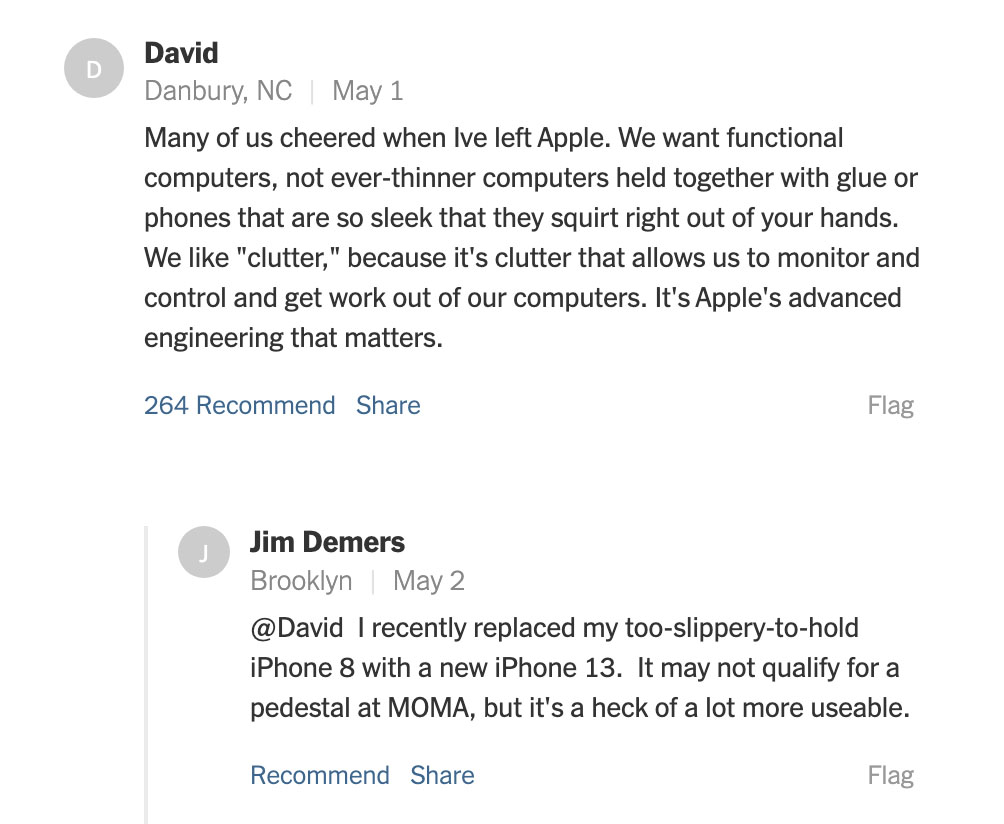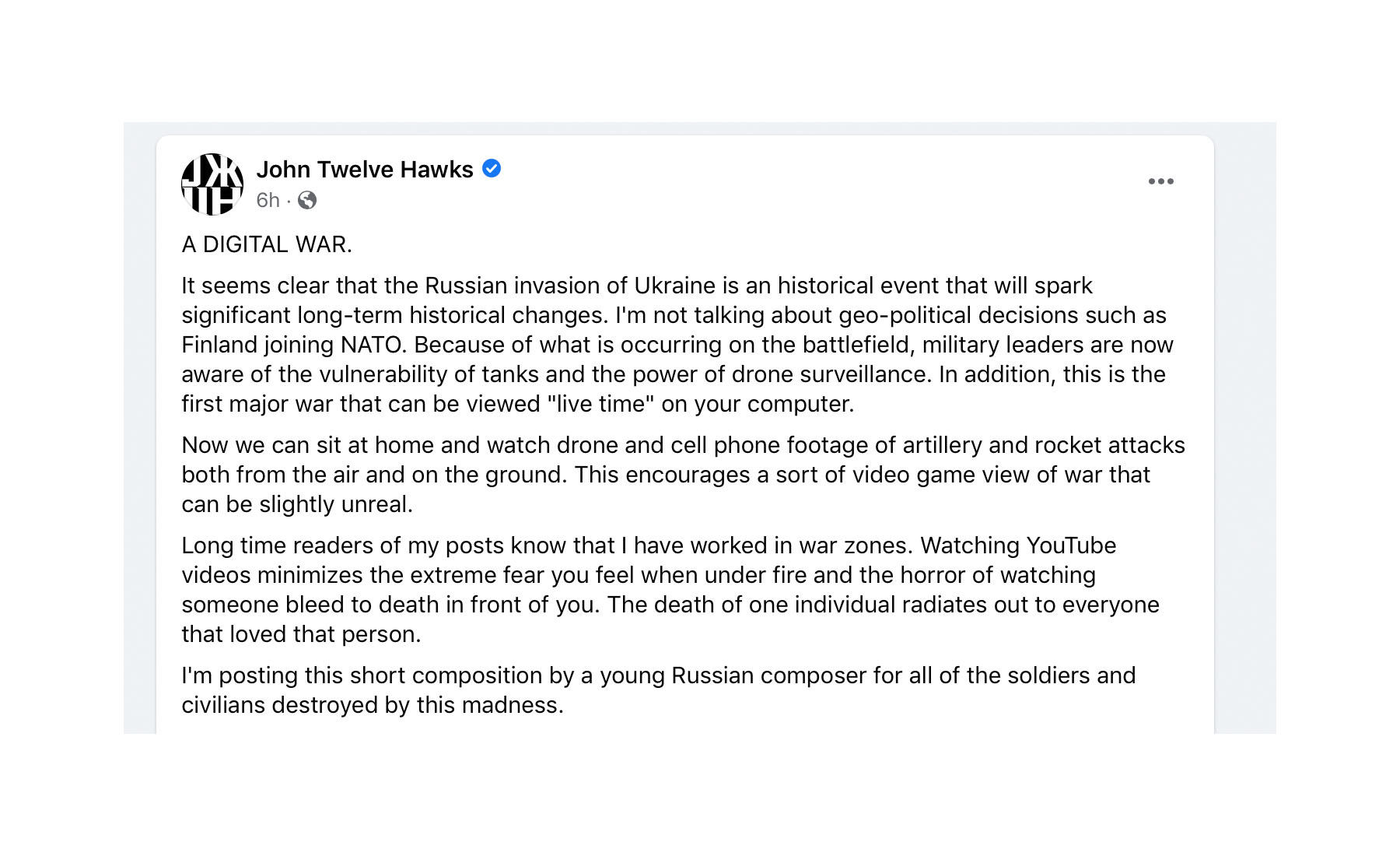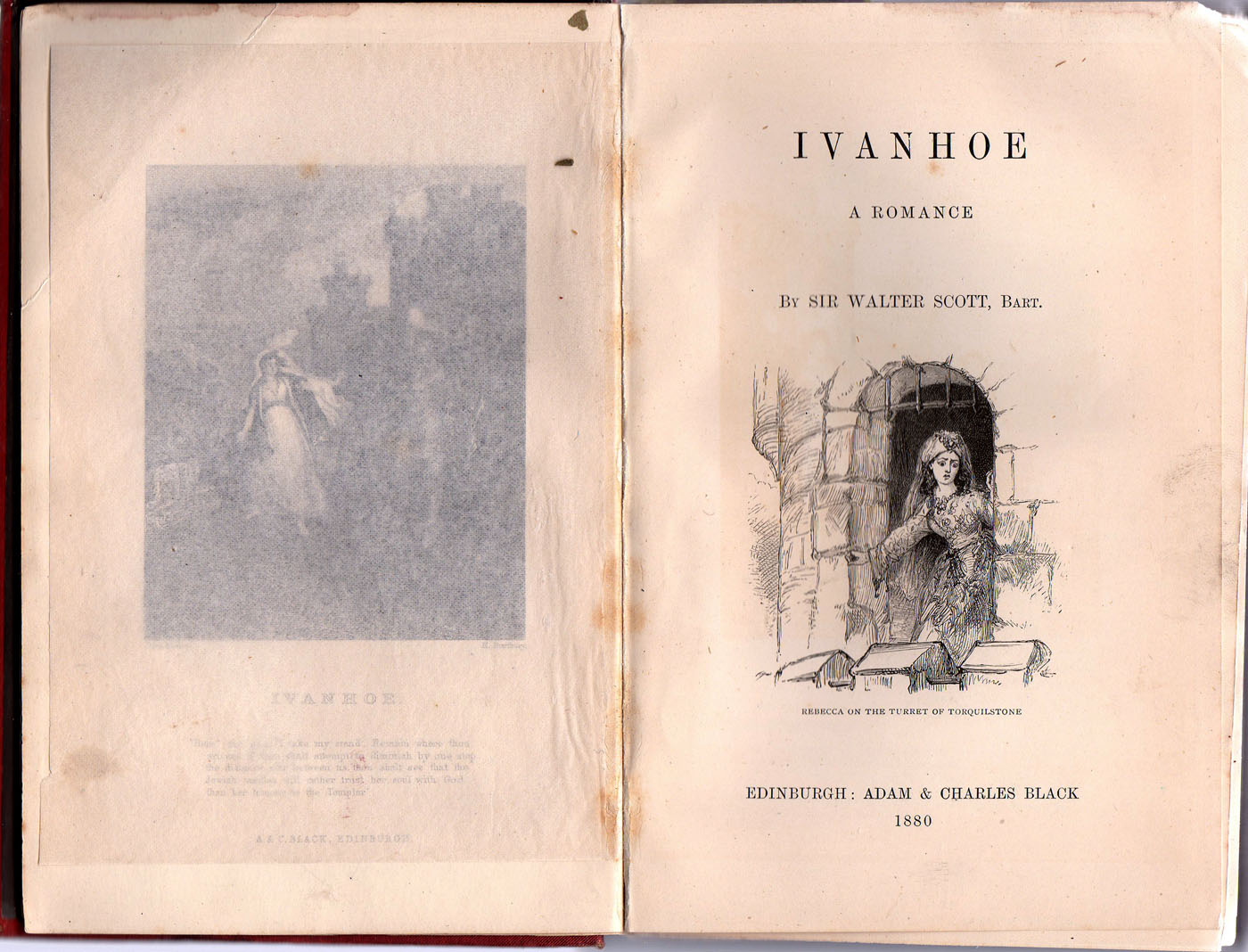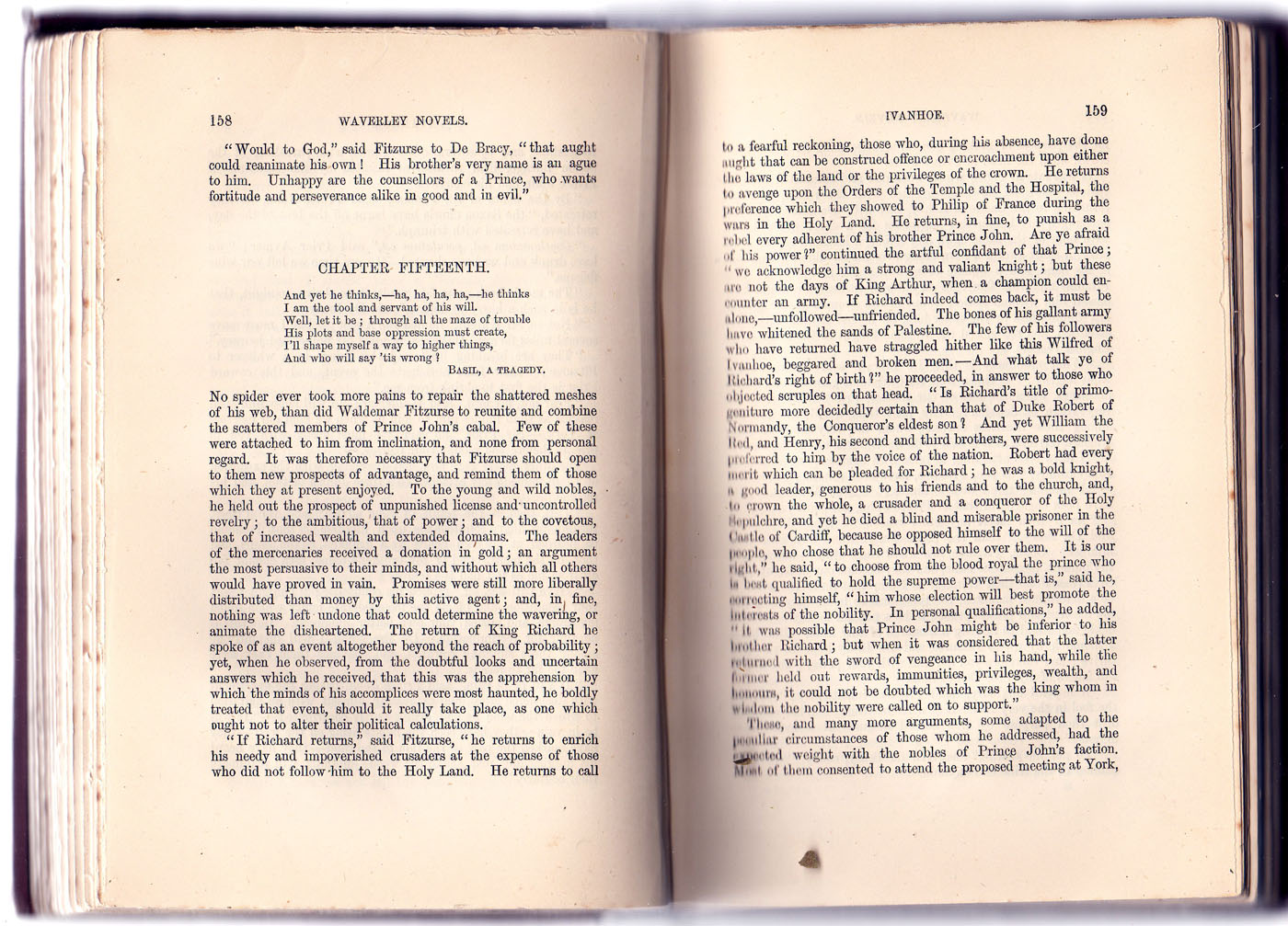
Inside an Apple store
First of all, I have not read this book, and I’m not going to read it. In fact, it won’t be released until two days from now. But this morning in the New York Times, the book’s author has an utterly stupid little collection of misleading anecdotes under the headline “How Technocrats Triumphed at Apple.” The book is After Steve: How Apple Became a Trillion-Dollar Company and Lost Its Soul, by Tripp Mickle, a New York Times reporter. Good grief. Apple hasn’t lost its soul. It only lost the fancy-pants designer and professional snob Jony Ive. And good danged riddance.
The Times article — and clearly the book as well — is a hagiographical fanboy piece about Ive, who, had he stayed at Apple, would have designed Apple into the dirt. True nerds and computer lovers cheered when Ive finally left Apple. It’s to Ive that we owe the era of Apple computers getting thinner and thinner to the point of fragility — unrepairable, and fastened together with, I kid you not, glue. (Screws aren’t pretty, you see.) Phones were so sleek that they’d squirt right out of your hands. Ive’s design notions were lipstick for the software, too. Ive thought that we wanted our screens to be “uncluttered,” even if we couldn’t find anything or had to click six screens deep to get to a function we needed.
The promotional copy about this book on Amazon sounds intentionally deceptive. It says that Ive “designed” the iPod, iPad, MacBook Air, the iMac G3, and the iPhone. But Ive designed only the look, the skin, of those devices. He had nothing to do with the engineering. The promotional copy calls Ive “a London-born genius.” By contrast, Tim Cook is called “the product of a small Alabama town.” That’s precisely the kind of sneering, class-conscious snobbery that would have ruined Apple if it had continued.
Apple’s true genius is in its engineering, both in its software and its hardware. Consider the new iMac Studio, which actually looks like a computer, a lovely little box. Ive would never have allowed all those USB ports and Thunderbolt ports because they’d be “clutter.” But those ports are what iMac users actually want and need. Ive had nothing to do with Apple’s advanced engineering, such as the new M1 chips, which freed Apple from Intel’s stagnation.
Lost its soul indeed. Apple makes computers, not garb and bling for hipsters.
That the dude who wrote this stuff works for the New York Times is disturbing. This kind of wrongheadedness is yet another sign that the New York Times inhabits an abstract, imaginary world that, in a different way, is as delusional as MAGA world. It’s the kind of wrongheadedness that begs for a parody about how the New York Times would have covered the rise of Hitler — in an “objective,” take-no-sides, ivory tower sort of way that would have been just fine printing op-eds by Joseph Goebbels as though it was fair speech to be taken seriously. This is a whole different subject for another time, but I attribute the New York Times’ break with reality to its management. I cheered when Dean Baquet left the New York Times, just as I cheered when Jony Ive left Apple. But I fear that Baquet’s successor, Joe Kahn, will be just as bad. At Apple, however, there is no new Jony Ive. Let’s hear it for engineers and technocrats.
Update 1: It seems quite a few readers of the New York Times agreed with my comment there, which quickly made the “Readers’ Picks” category.

Update 2: Twenty-four hours after the New York Times posted this piece, it appears from the comments (about 550 at this point) that the piece has backfired all over the fanboy NYT reporter and the now-discredited design czar Jony Ive. Virtually everyone has piled on against Ive and in favor of function versus overdone styling. Apple, no doubt, is following those comments, which amount to a million dollars worth of market research for free. Macrumors.com posted a link to the New York Times piece, and the comments there went the same way. Let’s hope this episode reinforces Apple’s commitment to function — computers as computers rather than fashion statements.




















